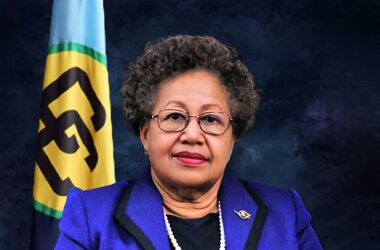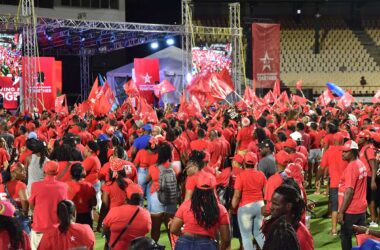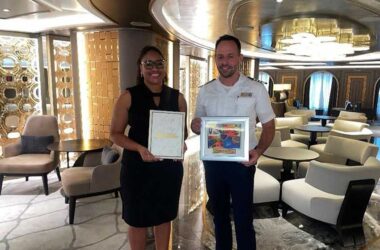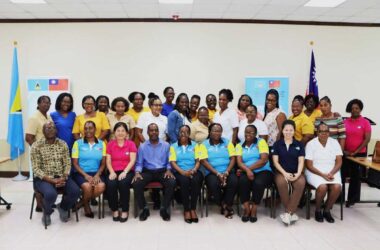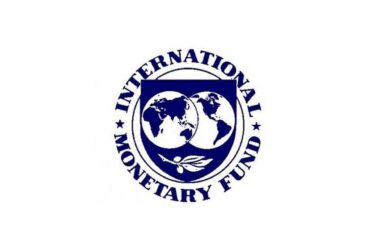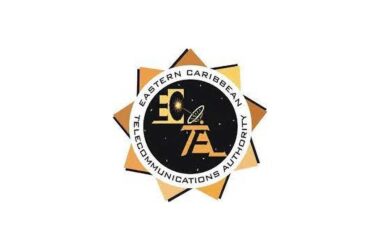The National Emergency Management Organization (NEMO) has provided an overview of the CARIBE WAVE tsunami simulation exercise which was held here last week Thursday.
The exercise sought to improve Tsunami Warning System effectiveness and provided an opportunity for the emergency management organization to exercise its operational lines of communications, review its tsunami response procedures, and promote tsunami preparedness.
At approximately 10:00 a.m. on Thursday last week, Saint Lucians received electronic alerts that informed them of the simulated approach.
Sirens could also be heard in various communities where NEMO installed Multi- Hazard Early Warning Systems.
“The simulation afforded NEMO an important opportunity to examine in real time the performance of the existing communications processes and explore areas for improvement,” NEMO’s Director Maria Medard told reporters at a press conference on Wednesday, noting that Saint Lucia along with 37 other countries participated.
The island last participated in 2019.
“This year participating countries had to choose from two scenarios; one, a tsunami generated by an earthquake in the Gulf of Hondruas (or) a tsunami generated by a volcanic eruption of Mount Pelée (in) Martinique where part of the dome collapsed into the sea,” she said.
According to Medard, Saint Lucia chose the scenario “which was closer to home; the Mount Pelée scenario.”
“For our chosen scenario we decided to use the simulation to test our communication systems and emergency communication processes,” she said.
A Google form was developed to capture basic information to help NEMO evaluate the successes, weaknesses and gaps uncovered during the simulation.
The link to the form was widely circulated and a total of 952 people responded.
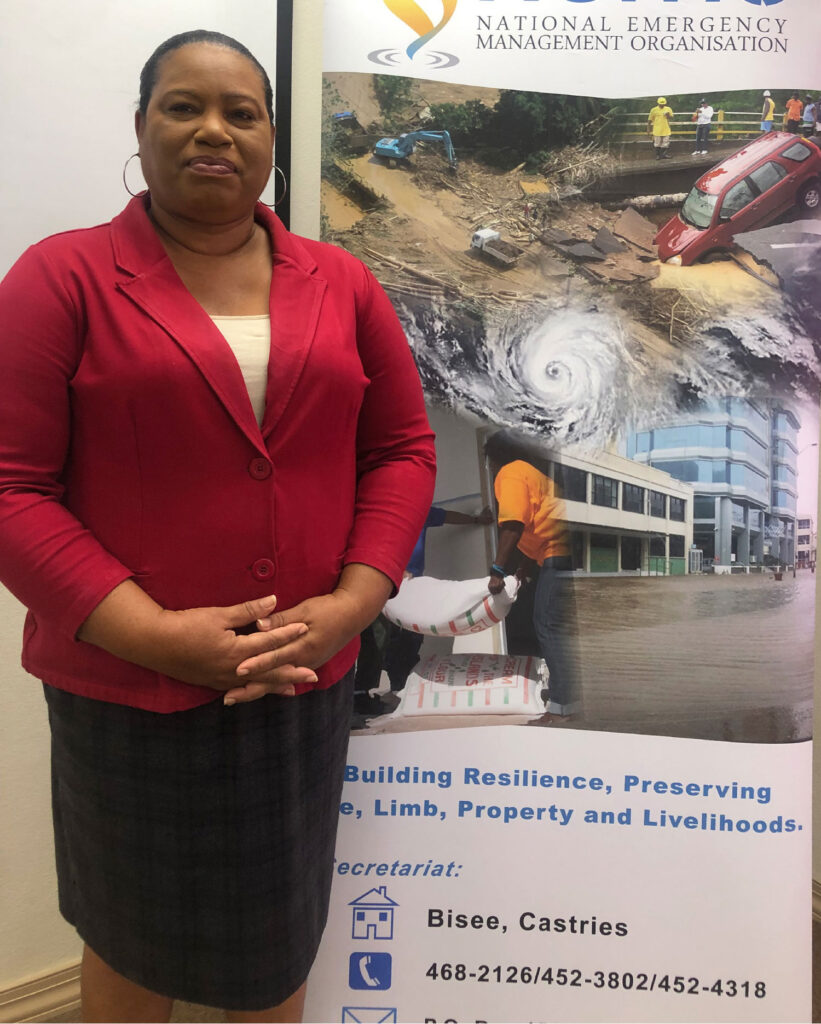
An analysis of the questionnaire is as follows:
Question one: “Where were you when you received the message?”
Medard indicated that “the choice was that of the 18 districts… we want to note here that within the NEMO system we have 18 where we separated Anse la Raye and Canaries into two separate districts. 205 people or 21.5 percent stated that they were in the Gros Islet region, 189 people or 19.9 (percent) were in the Castries central area.”
Question 2: “What time did you receive the message?”
The director noted that most people received the message between 10: 00 a.m. and 11:30 a.m.
According to her, “this in itself needs some urgent attention as timeliness of the receipt of the information is key to save lives and livelihoods in the event of a hazard.”
Question 3: “If this were a notice of a real tsunami what would your reaction be?”
Interestingly Medard stated, 809 people or 84.5 percent said they would run to higher ground “and this is what we are looking for.”
This still means that public sensitization and education needs to continue, however, as 35 respondents or 3.7 percent indicated that they would freeze— “and this is what we don’t want.”
Question 4: “Through what medium did you receive the notice?”
According to Medard, 735 respondents or 77.2 percent received the notice via SMS (Short Message Service). At least two of the mediums of dissemination required verification before the message was sent out, she said.
“There were eight radio stations and five television stations who participated and appreciated the exercise. NEMO is encouraged by the level of cooperation we received from the participating media entities. This demonstrates a willingness to collaborate on crucial emergency management planning which can save lives,” Medard said.
Moving forward, NEMO will take the following recommendations into account.
“I will highlight a few of them. We need to advance our community evacuation plans and schedule simulations within the communities, access additional repeaters to be able to communicate to the remote areas… maintenance of equipment for early warning,” Medard observed, adding that NEMO will be engaging stakeholders to review “how we can improve on the timeliness of the alerts going out.”
She also noted that the CAP.CAP application—an application that allows individuals to receive early warnings and alerts for their community, needs to be upgraded.
“We noted that people were not able to download the software to the newer model of Android so this needs to be looked at,” Medard said, later thanking members of the organizing committee, the general public “and all who participated in the exercise.”
CARIBE WAVE is the annual tsunami exercise of the Intergovernmental Coordination Group for the Tsunami and Other Coastal Hazards Warning System for the Caribbean and Adjacent Regions (ICG/CARIBE-EWS) of the Oceanographic Commission (IOC) of the United Nations Educational, Scientific, and Cultural Organization (UNESCO).
According to ‘The Tsunami Zone’, “high levels of vulnerability and risk to life and livelihoods from tsunamis along the coasts of the Caribbean and adjacent regions should provide a strong incentive for countries and local jurisdictions to prepare for a tsunami and participate in this exercise.”
CARIBE WAVE has been improving and validating tsunami readiness since 2011.


